$118.85 Original price was: $118.85.$83.20Current price is: $83.20.
SKU: D2LSC 5372146509 Category: HOUSEPLANTS
- Secure Shopping Starts with Safe Payments
- Effortless solutions, excellent customer care.
- Multiple payment methods, safe and reliable
- 7 days free returns

Coontie Palm
Zamia pumila
Other Names: Sago Cycad, Coontie, Comptie, Florida Arrowroot, Guayiga, Seminole Bread
Plant Details
USDA Plant Hardiness Zones: 7b-11 (Zone 7a in sheltered position) Find Your Zone
Plant Type: Evergreen Shrub
Height at Maturity: 2.5-3.5′
Width at Maturity: 3-5′
Spacing: Best as specimen or in spaced groupings, though could be used as a mass planting or low border hedge
Growth Habit / Form: Mounding Shrub
Growth Rate: Slow to moderate (6-8″ per year)
Flower Color:
Flower Size:
Flowering Period:
Flower Type:
Fragrant Flowers:
Foliage Color: Dark Green
Fragrant Foliage: No
Berries/Cones: Females produce cones
Berry/Seed Color: Bright orange seeds are displayed when the cone bursts open
Sun Needs: Full Sun to Part Shade
Water Needs: Average, drought tolerant when established
Soil Type: Clay (amend heavy clay), Loam, Sandy (preferred), Silty – prefers a soil rich in organic matter
Soil Moisture / Drainage: Moist But Well Drained
Soil pH: 6.0 – 7.0
Maintenance / Care: Very Low
Attracts: Visual Attention, Host plant for the rare Atala butterfly caterpillar
Resistances: Cold Temperatures (5F), Deer, Disease, Drought Tolerant (moderate when established), Extreme Heat, Insect, Salt Air (not direct salt spray)
Description
The Coontie Palm, Zamia pumila, is the only member of the cycad plant family that is native to North America. They are thought to have been around millions of years ago, and they do have that primitive, prehistoric look! Most cycads tend to prefer a warm and humid climate, and the Coontie Palm is no exception, however it will also grow in cooler climates as far north as Zone 7b where temperatures can drop to 5 degrees F. The evergreen foliage of Coontie looks somewhere between a fern and a palm, with arching fronds of feather-like, dark green leathery leaves emerging from a large underground storage root. It forms a somewhat dense evergreen arching mound to about 3 feet tall and 4 feet wide, maybe a little larger in optimum conditions. Providing a lush tropical look in the landscape, Coontie is very long-lived and easy to grow and maintain.
Due to people digging up plants in the wild to plant in their gardens, Zamia pumila is now rare in the wild and considered an endangered species. Our Coontie are seed grown, not dug from the wild. It is the host plant for the rare Atala butterfly caterpillar.
Note: Coontie Palms contain a substance called Cycasin, which is known to be toxic to most pets such as dogs, cats and horses. Though most animals won’t eat it, including deer and rabbits, to be on the safe side, plant where pets won’t come into contact with it.
Landscape & Garden Uses
Growing to about 3 feet tall and 4 feet wide in most locations, the Coontie Palm is ideal for use as a specimen in sunny or partially shaded smaller gardens spaces or home foundation plantings, or in groupings or as a border in larger landscape spaces or along paths or walkways. It can also be grown in containers that can be situated around patios, decks, pools or other outdoor living spaces, and can even be grown year round as an indoor houseplant. A fine addition to tropical gardens, coastal gardens and rock gardens.
Growing Preferences
The Coontie Palm prefers a moist but well drained, preferable sandy soil of average fertility in full sun to part shade. It has good drought tolerant when established. It has shown good cold hardiness in as far north as Zone 7b and heat hardiness south to Zone 11. It can be grown in containers and conservatories and greenhouses where it is very tolerant of high temperatures, and as a year-round houseplant in a well-lit room.
Helpful Articles
Click on a link below to find helpful advice from our experts for how to plant and care for Palm trees.
How To Plant A Palm Tree
How To Prune A Palm Tree
How To Fertilize & Water A Palm Tree
Plant Long & Prosper!
Meet The Wilson Brothers & Staff
Questions? Contact Us
Be the first to review “Coontie Palm (Zamia Pumila) – 7 Gallon Pot” Cancel reply
Related products
Sale!
Sale!
Sale!
Sale!
HOUSEPLANTS
Sale!
Sale!
Sale!
HOUSEPLANTS
Sale!

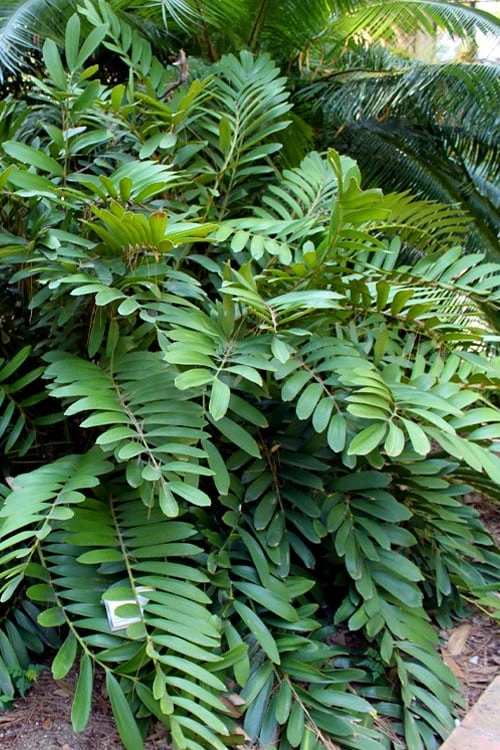

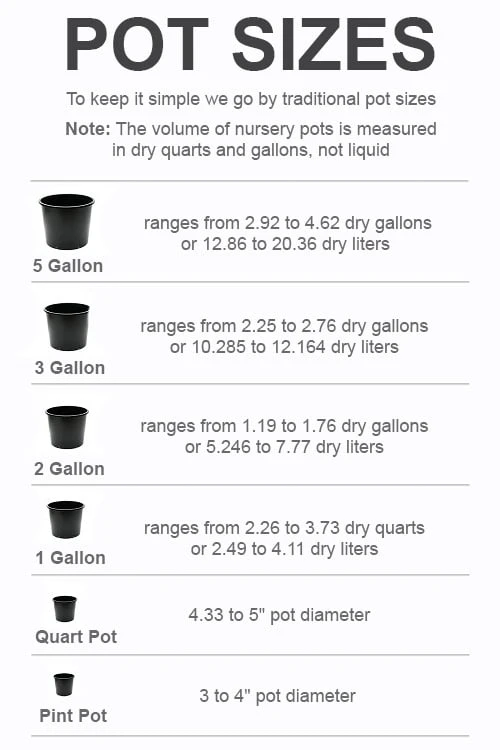
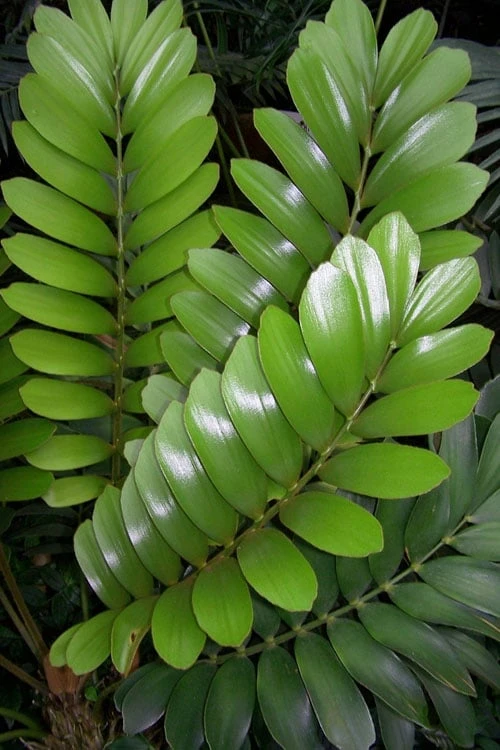


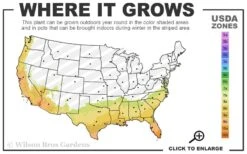

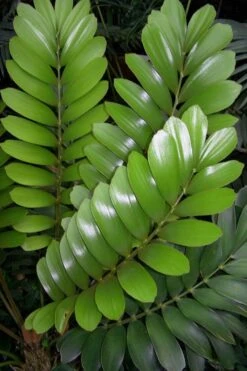



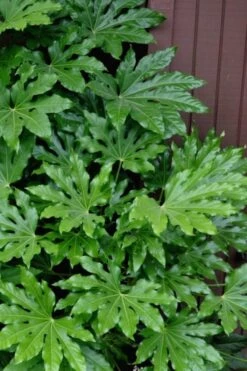
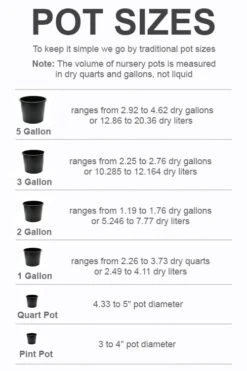
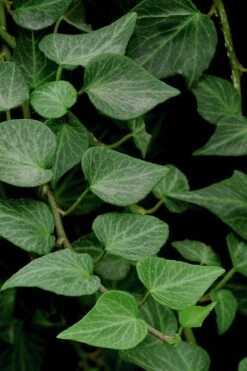
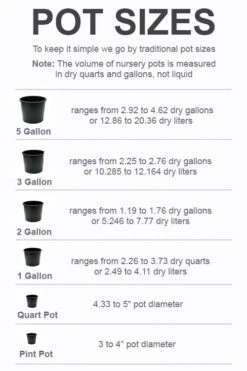

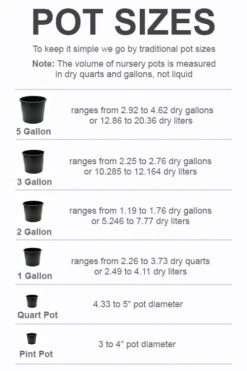
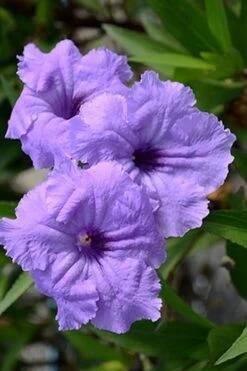


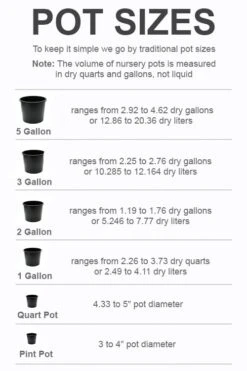


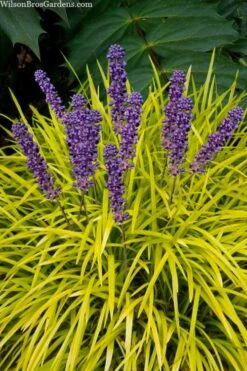

Reviews
There are no reviews yet.